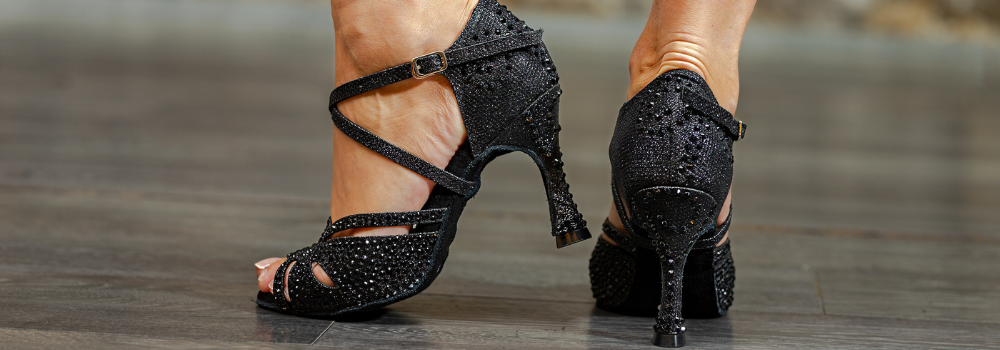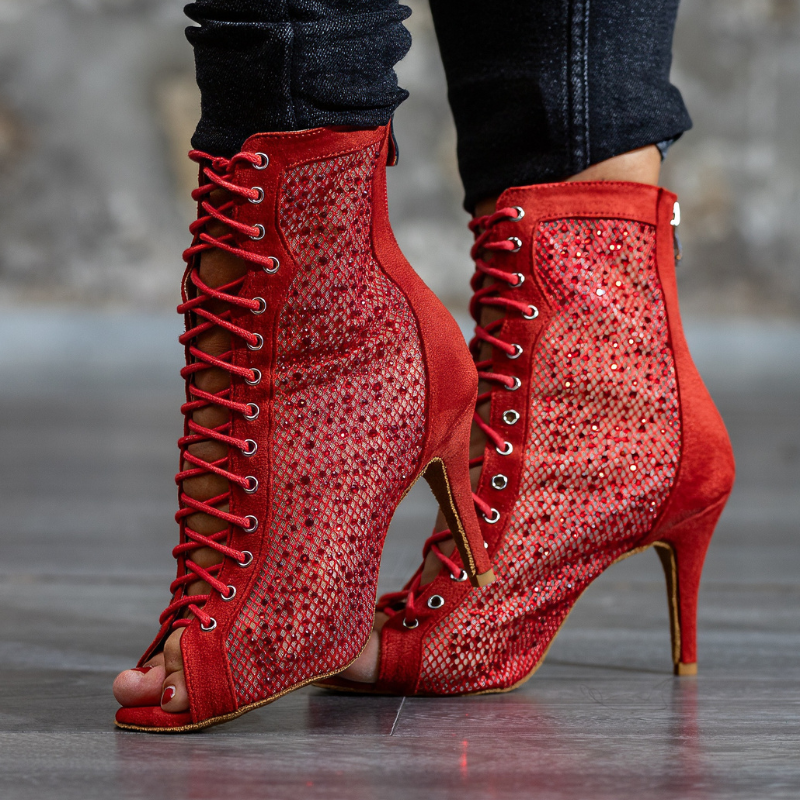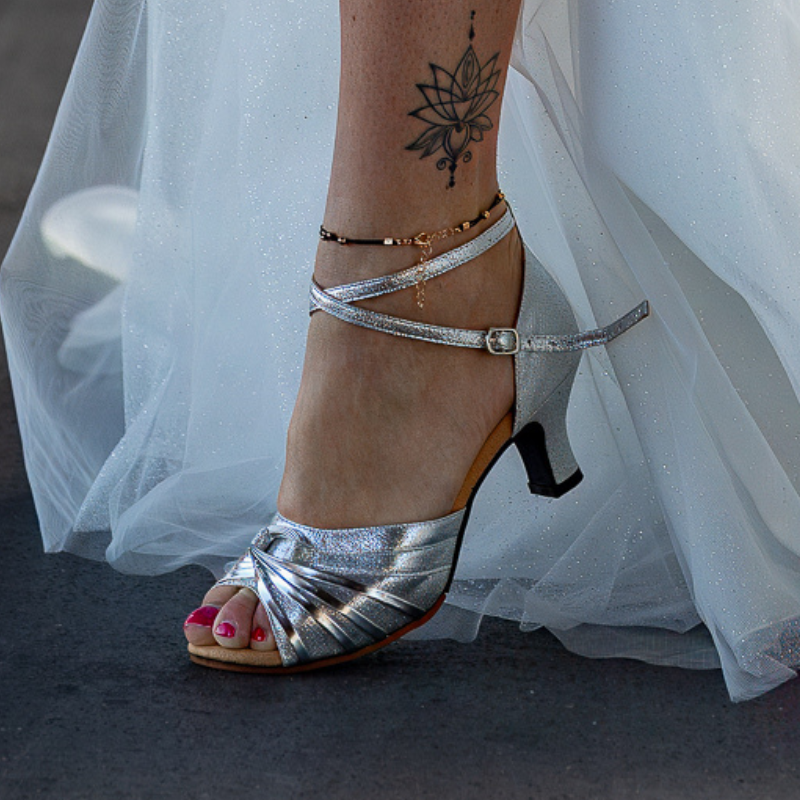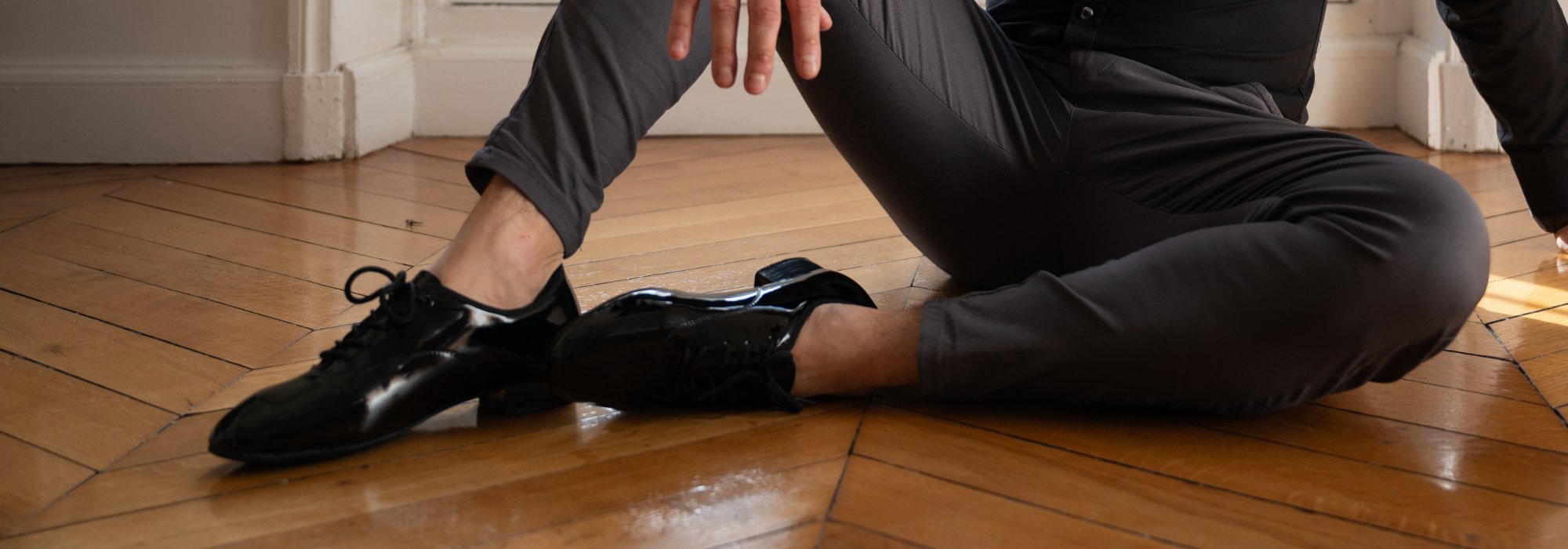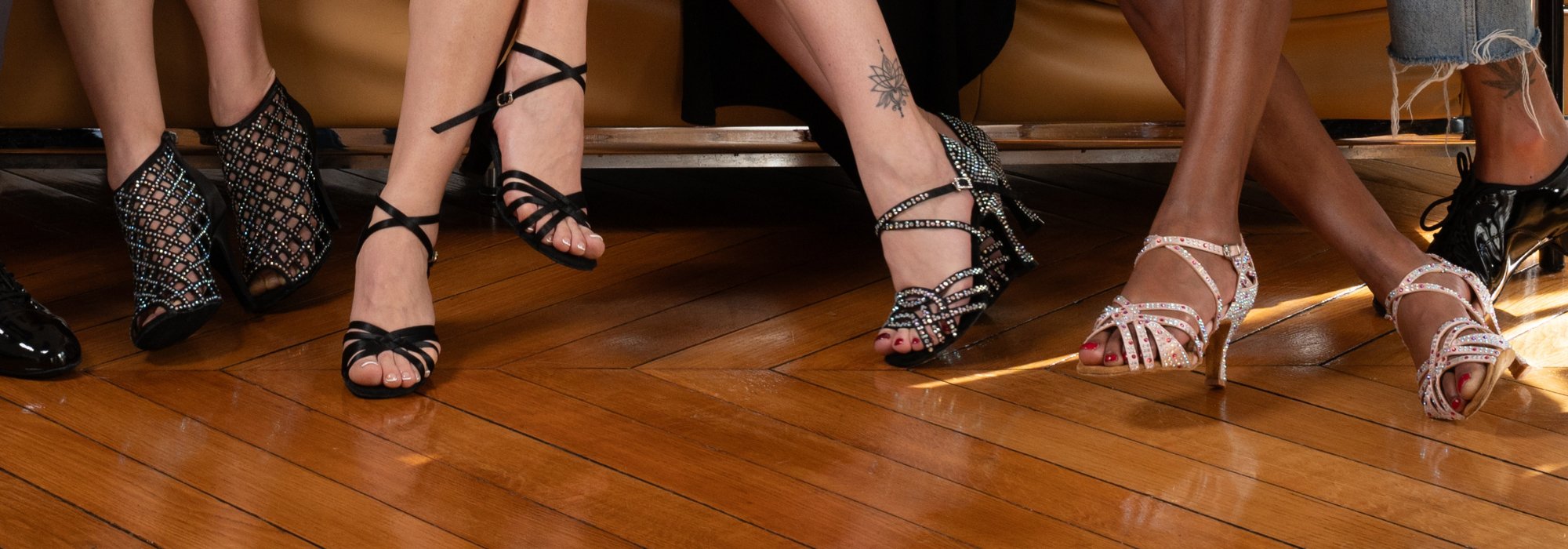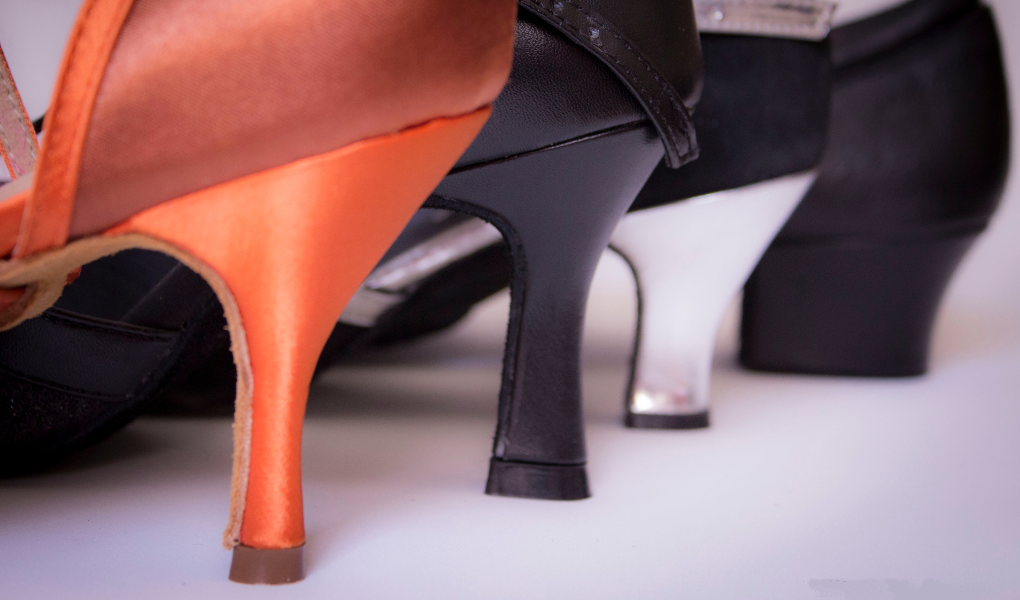What are the best Latin and standard dances?
Are you passionate about dance and want to discover new styles to shine on the track, connect to your partner or simply live a vibrant and energetic experience? THE Latin dances as well as standard dances hold a Style palette who combine grace with dynamism and sensuality.
Latin and standard dances are:
- Samba
- The cha-cha-cha
- Rumba
- The Paso doble
- The Jive
- …
Once you master them, these dances will allow you to express yourself in a completely unique way.
In this article, you will discover:
- Their origin and evolution.
- Which makes them special.
- Why deserve your attention.
Are you ready to get carried away by samba, cha-cha and many others? Let's go for a trip to the heart of rhythm and passion!
The top 5 of the best Latin dances

#1 Samba
There samba is from Brazil and is synonymous with joy, vitality and exuberance. The latter comes from the dances of African slaves, and is deeply rooted in Brazilian culture. It is available in several styles such as carnival samba or the Gafieira samba. Its movements include ripples of the pelvis and fast legs.
Why practice it?
In addition to improving your endurance and coordination, samba will allow you to feel the energy of Brazilian carnival. It is a dance that requires letting go and getting lost in the frenzied rhythm of percussion. In addition, it is perfect for strengthening His physical condition While immersing itself in a rich and festive culture.
Good to know: Each year, the Samba schools parade during the famous Rio carnival. If you want to attend a breathtaking show, we highly recommend it.

#2 Cha-cha-cha
THE cha-cha-cha is a dance joyful and full of life, derived from mambo. The latter was born in the 1950s in Cuba and was distinguished by her bright rhythm as well as its not hunted. The name "cha-cha-cha" comes from the sound produced by the dancers' feet on the ground when executing rapid and synchronized steps.
Why practice it?
If you are looking to release your energy and at Improve your coordination, Cha-cha-cha is the perfect dance for you. Through its marked hip movements and its relaxed atmosphere, it will allow you to release all the tension And to have fun fully. In addition, the cha-cha-cha is popular during social and competition evenings because it always brings a touch of good humor.
Small tip: You can start with group lessons in order to feel all the dynamics of this dance.

#3 Rumba
There rumba draw its roots from Cuba and represents passion, love as well as sensuality. It is often considered one of the most expressive dances, and it is distinguished by its fluid movements, its hip games and its slow but intense rhythm. In addition, it is very popular for its theatrical aspects and its emotional connection between the partners. Besides, it is not for nothing that we often say that this dance Tell a story through his steps.
Why practice it?
Rumba is ideal for Improve bodily expression, the fluidity of the movements and the connection with its partner. It is a perfect dance for those who seek to develop their self -confidence, express deep emotions and strengthen their coordination.

#4 The Paso Doble
The Paso doble is a dance associated with Spanish bullfights. Indeed, the latter is known for being inspired by the movements of the bullfighters. This is the reason why Paso Doble evokes pride and courage.
Currently, this dance is rather popular in the world of sports dance because its theatrical style does not leave indifferent.
Why practice it? The Paso Doble is ideal for developing its stage presence. Thanks to its marked steps and its wide movements, this dance will allow you to work on your posture as well as your insurance. In addition, it is perfect for those who like dances loaded with symbolism and intensity.
Good to know: The role of the dancer is often compared to that of a matador, while the dancer sometimes represents the cape or even the arena itself.

#5 Jive
The Jive was born from American swing dances from the 1930s and 1940s, such as the Lindy Hop and the boogie-woogy. Over time, this dance has become a must Latin dance competitions Thanks to its quick tempo and hopping steps.
Why practice it? The Jive is perfect for freeing your energy while improving its agility and coordination. This fun and dynamic dance is ideal for those who love physical challenges.
In addition, thanks to its light and joyful movements, the Jive will bring a good dose of fun to your learning.
Small tip: To take full advantage of the jive, choose light shoes that promote fast movements.
The top 5 of the best standard dances

#1 The slow waltz (Waltz)
There waltz was born at 18th century in Austria. It is known for its soft and fluid movements that give the impression of sliding on the track.
Why practice it? The slow waltz is ideal for working on balance, posture and connection with its partner. In addition, it is perfect for living moments full of romanticism while improving its performance.

#2 Tango
Tango was born in suburbs of Buenos Aires. This intense, passionate and dramatic dance mixes European and South American influences.
Why practice it? Tango is perfect for developing a strong connection with its partner while improving the efficiency/precision of its movements. In this dance, each step tells a story, so it is important to be effective in each of them.

#3 The Viennese waltz (Viennese Waltz)
Just like the slow waltz, The Viennese waltz is from Austria. The latter is distinguished by its rapid rhythm and its continuous rotations. It is also often associated with balls.
Why practice it? This dance is ideal for lovers of technical challenges and romanticism. In addition, it requires excellent endurance as well as precise coordination.

#4 Slow Foxtrot
Slow Foxtrot appeared at United States at the beginning of the 20th century. It is a dance that favors fluid movements and filled with grace.
Why practice it? Slow Foxtrot is perfect for developing advanced technical mastery as well as natural grace. In this dance, each movement gives the impression of being suspended in time.

#5 Quickstep
The Quickstep is a derivative of the Foxtrot and was born in the 1920s. Given its rapid and joyful rhythm, it is often qualified as lightest dance of standard dances.
Why practice it? Quickstep is ideal for working agility, coordination and energy. If we had to qualify it, it looks like it is a concentrate of good humor and liveliness.
The differences between Latin dances and standard dances
Latin dances and standard dances are mainly distinguished by their style, their technique and their cultural origin. THE Latin dances (samba, cha-cha-cha, rumba, etc.) emphasize movements of fluid hips, a strong emotional expression and rhythms often inspired by tropical or Latin cultures. In addition, these dances are known for their sensuality, their dynamism and their close link with music.
On the other hand, the standard dances (slow waltz, tango, etc.) are characterized by their beauty, strict posture and their technical precision. Partners generally remain in closed contact throughout the dance in order to obtain a more harmonious rendering. These dances are ideal for expressing grace, romanticism and emotional intensity.
Whether you are attracted to Latin dances or rather by standard dances, each style has the ability to make you live a unique and enriching experience.
Ready to learn a Latin dance at Salsanueva?
We arrive at the end of these tops 5 in which we answered the question "What are the best Latin and standard dances?”You have discovered what makes each dance, their history, and why they deserve to be practiced.
Whether you are a beginner or a dancer confirmed, these dances will allow you to express yourself, you connect to your partner and travel through their culture.
So which one will you try first?
Put on your dance shoes, Let the music guide your steps, and live every moment with passion and energy!
→ If you don't know where to start, you can discover Our courses for beginners and confirmed, and dive into the bewitching universe of Latin dances today! We also offer trial lesson.

